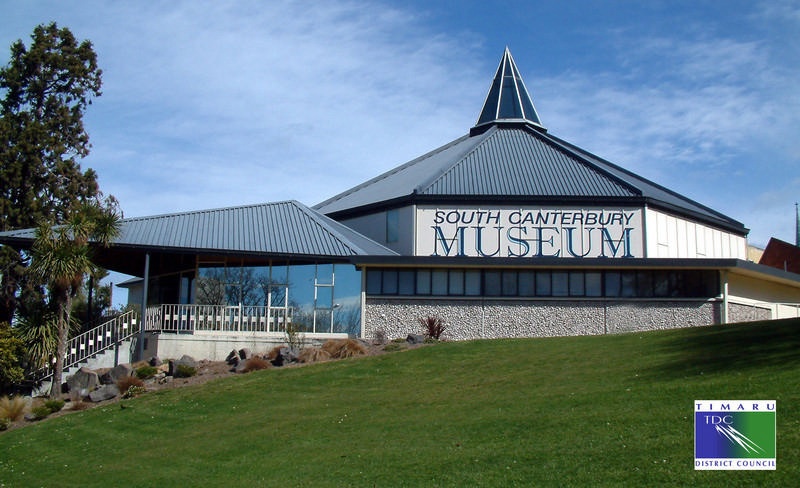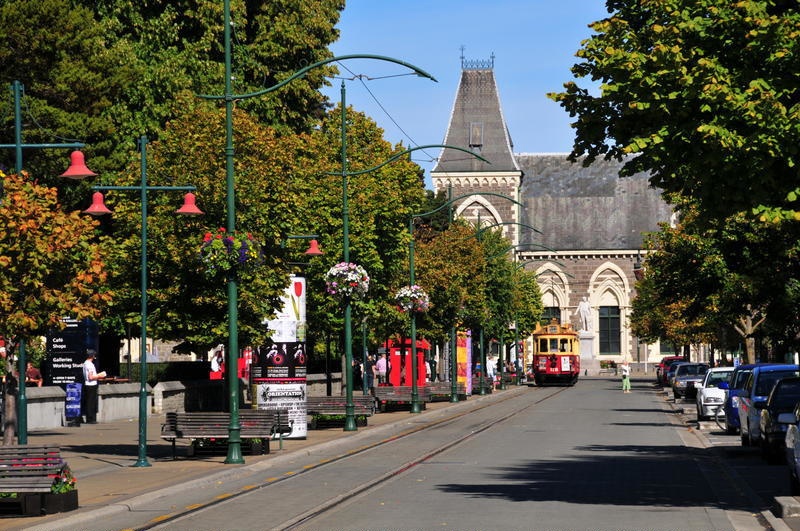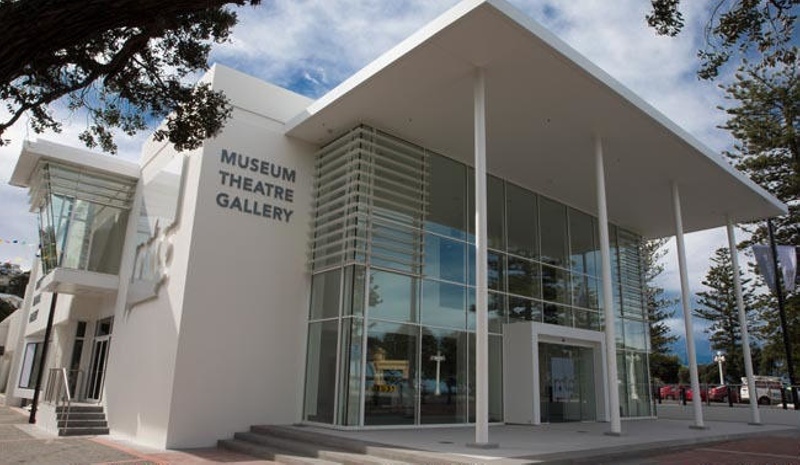By Julia Bradshaw, Senior Curator Human History, Canterbury Museum
On 29 May 1953, Edmund Hillary and Tenzing Norgay became the first people to reach the summit of Mount Everest. The two men, one a New Zealander, the other Nepalese, were part of a British expedition. Climbing to the top of the highest mountain in the world was first attempted in 1921. In 1952 two members of a Swiss expedition, Raymond Lambert and Tenzing Norgay, had reached as high as 8,598 metres, only 250 metres short of the summit.
When Hillary and Tenzing reached the summit the following year they could only stay for 15 minutes. At 8,848 metres above sea level, oxygen levels are so low that pulmonary oedema (excess fluid in the lungs) and cerebral oedema (excess fluid around the brain) are significant risks. There are other hazards on the mountain: frostbite, snow blindness, avalanches and falls – about one out of every 20 people who attempt to climb Mount Everest die trying. Despite their short time on the peak, Hillary and Tenzing’s achievement brought them lifelong fame.
Most of the items relating to the climb that are cared for by Canterbury Museum were donated by the New Zealand Alpine Club.
Everest ascent: clothing-
Everest ascent: mountaineering equipment-
"Both men are dressed in full climbing gear and Tenzing Norgay is using oxygen"-
Everest in photos-
Recognition-
Featured organisations-

Whare taonga | organisation
South Canterbury Museum

Whare taonga | organisation
Canterbury Museum

Whare taonga | organisation
Hocken Collections Uare Taoka o Hākena

Whare taonga | organisation
Museum of New Zealand Te Papa Tongarewa
_-

Whare taonga | organisation
MTG Hawke's Bay - Museum Theatre Gallery

Whare taonga | organisation
Mataura Museum
